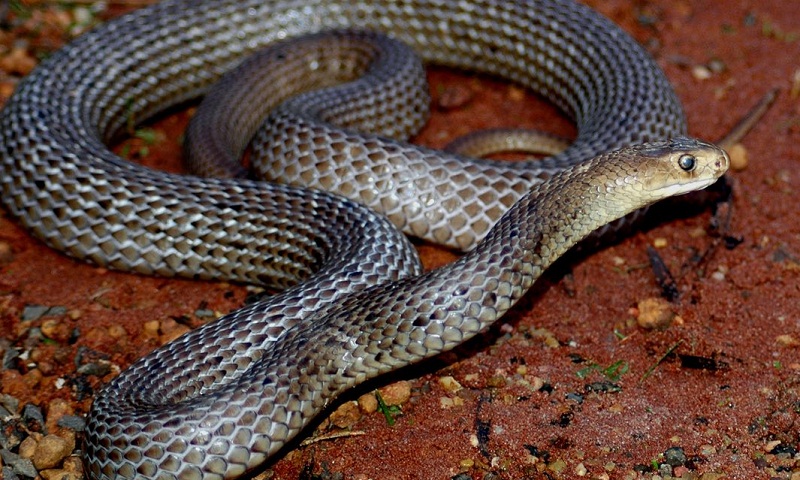More than half Australian snake bite deaths since 2000 occurred at victim’s home

Almost three-quarters of the 35 victims were male, and 20% were bitten while trying to pick up or kill snake. More than half of the deaths caused by snake bites in Australia since 2000 have occurred in or around the victim’s home, a nationwide review has found. The coronial-based retrospective study of fatalities from January 2000 to December 2016 found that, of the 35 deaths recorded by the National Coronial Information Service, 16 were a direct result of the bite. Other causes of death were multiple organ failure, intra-cerebral haemorrhage, cerebral hypoxia or anoxia, and cardiac arrest. Nearly three-quarters (71%) of victims were male, and their ages ranged from 18 months to 70 years old. But Ronelle Welton, a public health expert at the University of Melbourne’s Australian venom research unit, who led the study, said this finding was not surprising. “Middle-aged men are represented, or over-represented, across Australia when it comes to injury. It’s not specific to envenoming.” Seven people – one-fifth of the total fatalities – were reported to have been bitten while attempting to pick up or kill the snake, and 33% of victims were bitten on their foot or ankle. Nearly three-quarters (74%) reached hospitals. The time from bite to death varied from one day to 19 days. Most incidents occurred during the warmer months of October to January, and February to May, when snakes were more active. More than half (54%) of bites occurred in or around the victim’s home. Seventeen were within a major city or inner regional area. Welton said this spoke to widely-held misconceptions about snake bites. “The big push for a long time has been that snake bites occur when you’re bushwalking – that’s a big tag in tourism brochures. But we’re seeing that nearly half the cases occur in urban areas. “This is nothing new, it’s always been reported in the literature, but it seems to have dropped off our body of knowledge.” The brown snake, found across most of eastern Australia from the desert to the coast, was responsible for 23 deaths. While it was often characterised as an aggressive species, Welton described it as defensive. “Most of the time you see the word ‘attack’ when it’s really them being defensive.” They were disproportionately represented in the statistics because they were “quite urbanised”, she said. The study – the first coronial-based review of snake bite fatalities in more than 20 years – was published in the Toxicon journal. Welton was hopeful it would combine clinical and community findings to create a “national picture” that could then be used to inform and update snake bite management and patient care.

